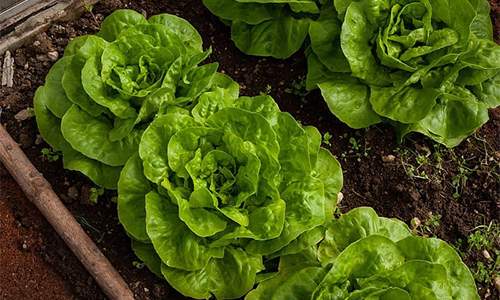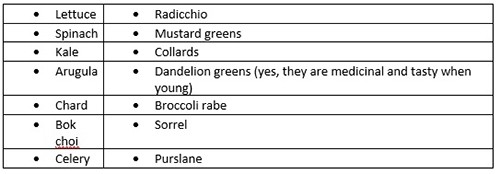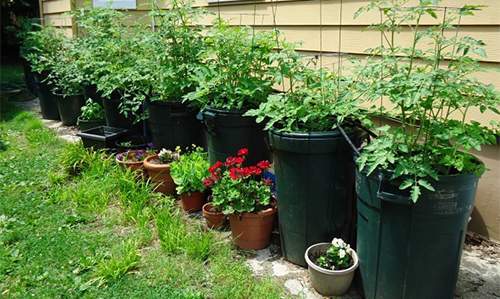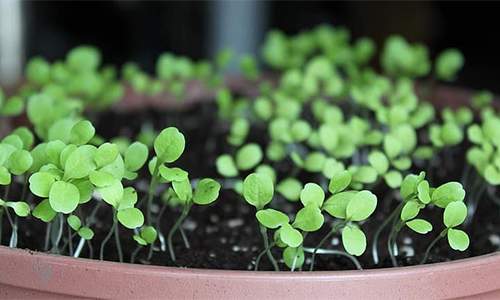61 Fruits and Veggies You Can Grow in Buckets
The Advantages of Growing in Containers
I find you can grow most in a container and some crops are even better off in a container. I may combine the soil with the crop’s preference: good acid soil for my blueberry bushes and loose sandy soil for root crops such as carrots and radishes. Each plant gets the amount of water it needs and they’re sitting next to each other with only a little space in between.
Container gardening encourages the planting of a few new varieties per season without giving them a large amount of room. However, my passion for container gardening is weeding. I get very few weeds in my pots and they’re easy to deal with when I do. I also get fewer pests and soil-borne diseases.
What Can I Grow in Containers?
You can grow most of anything in containers but with very little care and some plants are doing exceptionally well, while others are paying more attention. Be not afraid of doing something. Let’s start with the easiest to grow.
Leafy Greens like are easily grown in buckets or a dish pan. I like starting them early in the spring and planting them in the fall again with a few phased plantings along the way. They normally bolt as soon as the weather turns hot but by keeping them inside on the coldest nights I can prolong the growing season in the winter.
Here Are the Greens I Plant in Containers:
Herbs and Microgreens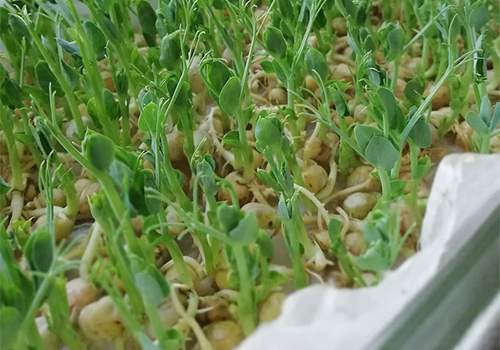
In my place, I could never get away with growing watercress in the ground, but it’s easier in a container. I just have to make sure it gets the right amount of sunlight, so I can enjoy it most of the year in my salads.
I also grow a nice variety of microgreens and sprouts for my salads, including broccoli sprouts, cress, red clover, and spicy salad mix. I grow my microgreens on a patio shelf, which gives me even more room for the rest of the greenhouse. There they get plenty of late afternoon sun without burning or drying out.
My herb garden also thrives mainly in containers. I like being able to pick any herbs I want from the back patio instead of having to plan ahead and make a costly trip to the shop, only to have my supermarket herbs going bad in a couple of days.
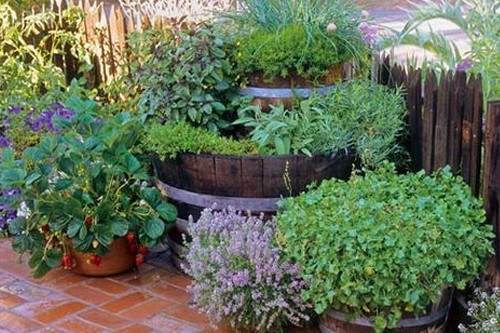
My rosemary bush generally lives in its bucket during the year but most of my herbs are replanted throughout the spring and fall. Once again, if you want, you could bring them in during extreme weather, or bring in a small plant to keep going through the winter. I have a small tower garden containing most of my herbs and taking up very little room on the patio.
My French tarragon grows relatively well in a six-gallon bucket, but a larger container would probably be preferable. It likes a little more room for the roots. My container garden contains:
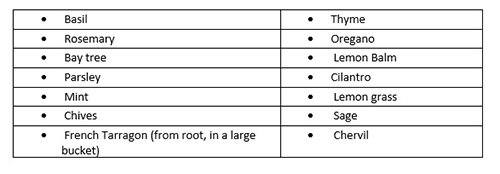
Vegetable Crops
My favorite bucket plants are peppers and tomatoes. In the spring and fall, both do very well, when temperatures are not too high. If the daytime temperature is too high, tomatoes won’t set fruit and that seems to be more of a concern in containers where the soil is often colder. But in the spring and early fall, I can get a bit longer season by shifting the plant to a shady location when the temperatures get too hot.
One problem with certain vegetables grown from containers is pollination. Usually, there would be no problem if you have multiple pots of tomatoes. But if you have only one tomato plant or one cucumber, or whatever, you may need to hand pollinate. It is easily done with an artist’s brush, but usually, the wind or insects will take care of it for you.
For climbing vines like pole beans, cucumber, and some tomatoes, I place them next to the fence or I give them a tomato cage for support.
With a little extra care these vegetables grow well in containers:
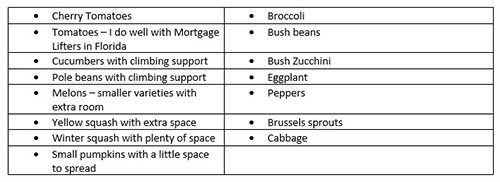
Root Crops That Grow Well in Containers
I have tried to grow root crops mostly wherever I have lived with limited success, generally from rocky or clay soil. But root crops are much more likely to do well in a bucket or deep dish pan, as you can easily monitor the soil, moisture, and nutrients. I’m not growing a lot of root crops but they’re doing well.

Fruits That Grow Well in Containers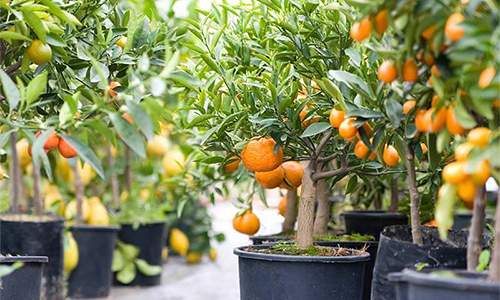
I wish I had planted my original fruit trees in containers but I was eager to plant and select locations around the property when we purchased the land. Originally, I planted a mango tree that produces a few fruits for the squirrels, a sour carambola that overproduces, and a fig tree that succumbed to the lawn mower. I would have much more range and more bright places to grow vegetables now if I had planted them in containers.
However, I have learned my lesson and now I’ve got quite a few fruits in containers. Those fruits perform really well in containers, surprisingly:

Special Care for Container Plants
Plants with containers are a little different from growing in the ground. A hot day will very easily strip the soil of all moisture. I make sure there is plenty of drainage on my containers and I water them frequently. If the plant starts to wilt, the leaves become brittle, or the soil becomes dry, give them water.
Another factor is fertilizer for container gardens. Your plants need nutrients, particularly if the same soil is reused annually. Organic fertilizers, compost, and other nutrients are accessible. You need to be mindful of and prepare for what the plant wants.
Leafy greens need a lot of nitrogen and a few other nutrients. But fruiting vegetables require other nutrients to bear fruit. I typically fertilize the individual plants according to the recommendations. This takes longer but allows for optimum yield per plant.
Container Sizes
Most plants in a 5-gallon bucket or dishpan will do well, but some plants need more space. Plants with a tap root prefer a deeper container, and some need space to spread out. When preparing your garden and selecting the container, take the plant growth patterns into consideration.
Save the Seed Envelope
If you are buying seeds, read the tags and save them. Typically for seeds, I file the seed envelope for later consultation. Label your container with a stake showing what you’ve planted and when in a permanent marker or paint. After a few weeks have passed, it is easy to forget that all the leaves look alike.
Other Self-sufficiency and Preparedness solutions recommended for you:
The Lost Ways (The vital self-sufficiency lessons our great grand-fathers left us)
Survival MD (Knowledge to survive any medical crisis situation)
Backyard Liberty (Liberal’s hidden agenda: more than just your guns…)
Alive After the Fall (Build yourself the only unlimited water source you’ll ever need)
The Lost ways II (4 Important Forgotten Skills used by our Ancestors that can help you in any crisis)
The Patriot Privacy Kit (Secure your privacy in just 10 simple steps)
The Advantages of Growing in Containers I find you can grow most in a container and some crops are even better off in a container. I may combine the soil with

